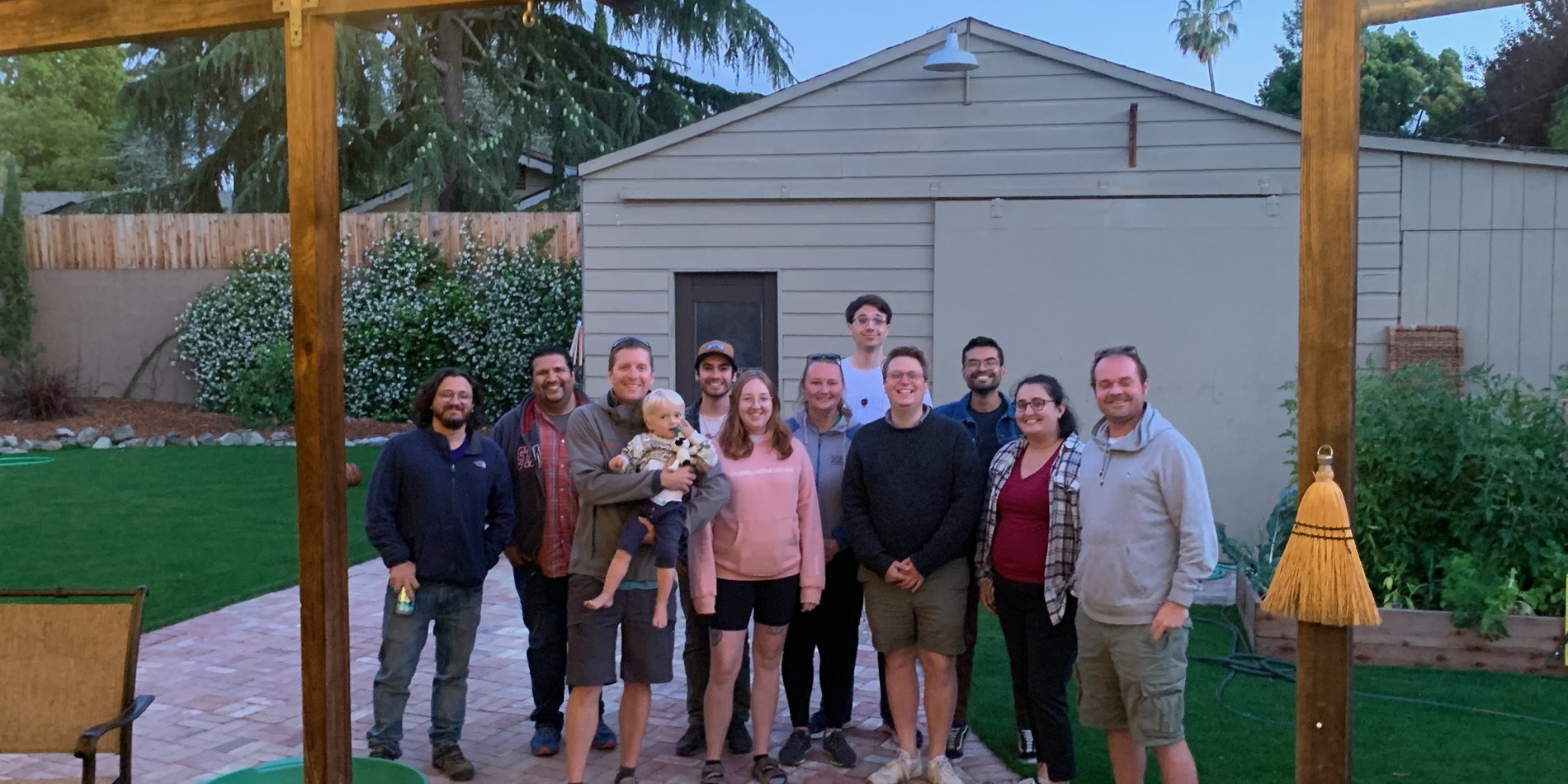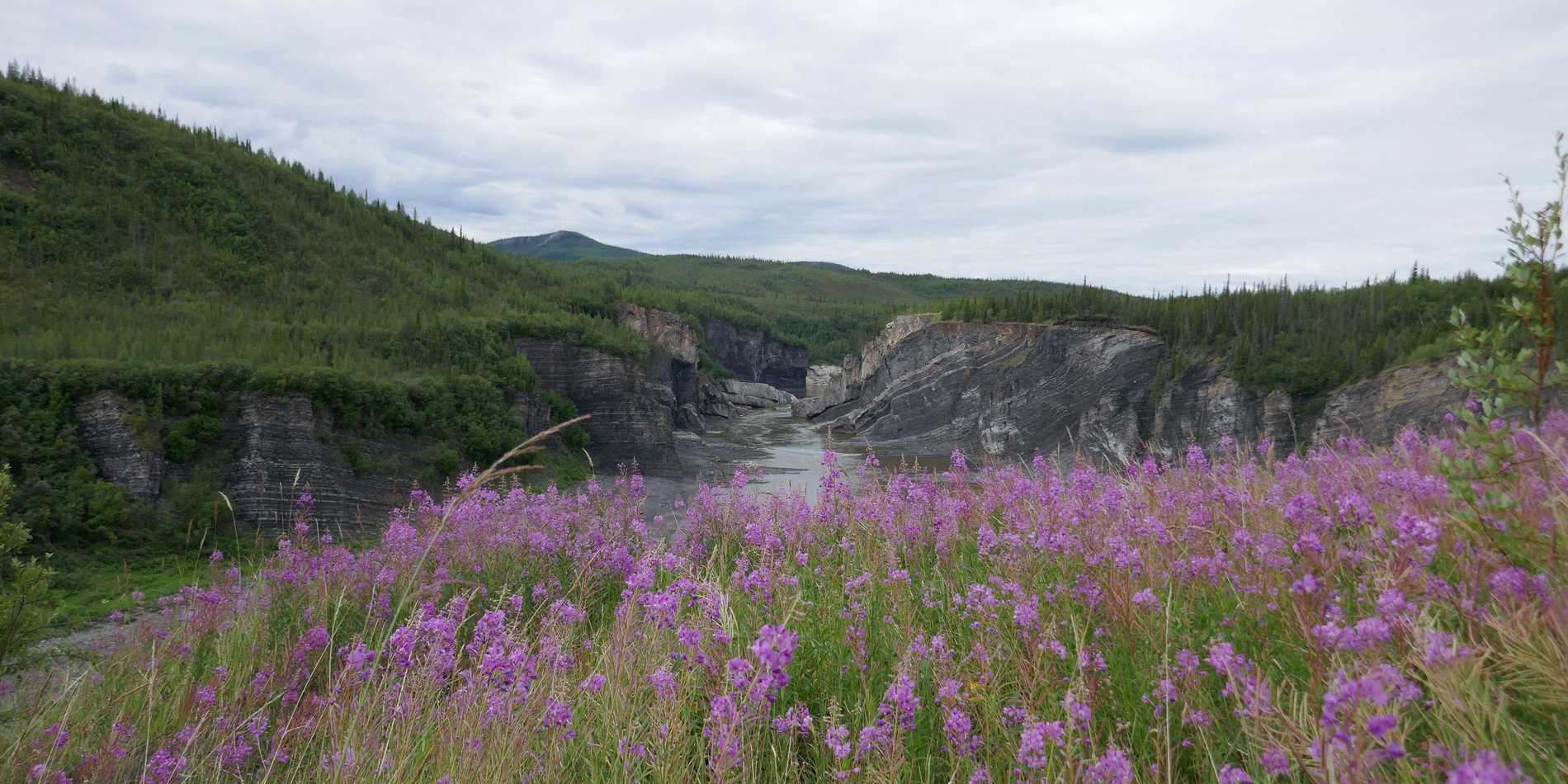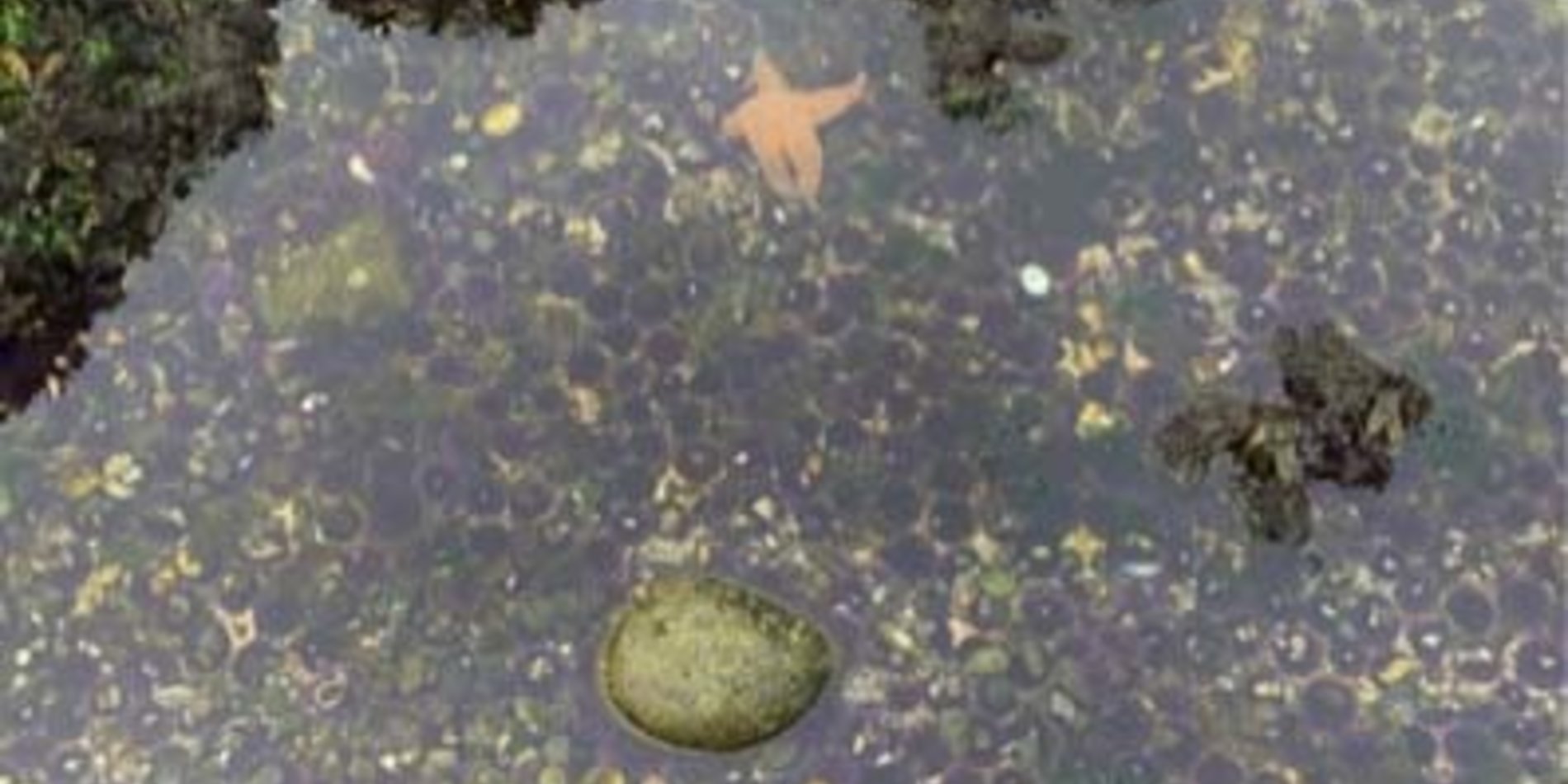26th Annual SPODDS workshop and field conference
Historical Geobiology lab members recently attended the 26th annual SPODDS (Stanford Program on Deepwater Depositional Systems) workshop and field conference in the Ventura, CA area. Students were able to visit and learn about outcrops of the Miocene Monterey Formation, perhaps the type unit for using oceanographic principles to understand the stratigraphic record, and Cretaceous turbiditic fore-arc fill of the Great Valley Group. Tom Boag presented ongoing research on an Ediacaran shelf-to-basin transect in NW Canada, Rich Stockey presented coupled uranium and molybdenum isotope evidence for expansive anoxia in the early Silurian, and Erik Sperling explored changes in organic carbon deposition from the Proterozoic into the Phanerozoic and the possible implications for petroleum systems through time.





